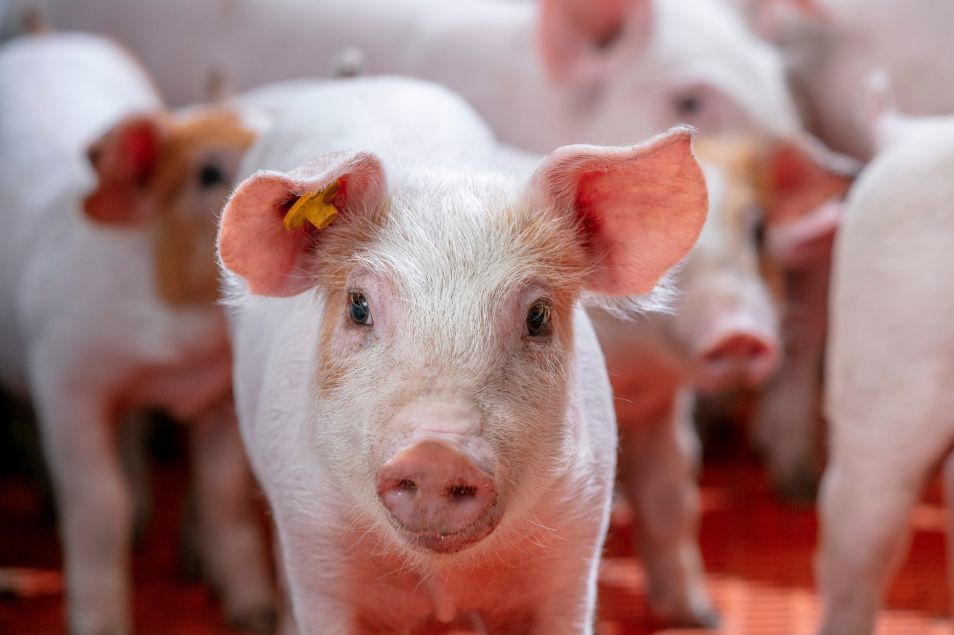Trace Mineral Optimisation Programme
- Programme
Essential for pig health and performance, trace minerals require careful selection. Many available sources are excreted due to solubility, but hydroxy trace minerals offer concentrated, bioavailable options at a lower cost.

Trace minerals support the functioning of several important systems within an animal, including reproduction, immunity and the growth and repair of tissues. There are two main approaches for supplementing trace minerals in the diet:
Copper is an essential trace mineral that plays a role in catalysing several key enzymatic reactions in an animal that play a role in the antioxidant defence of the body (e.g., superoxide dismutase and cytochrome c). Copper also supports the functioning of macrophages, as well as the formation of key tissues such as collagen and elastin. The mineral is involved in the formation of melanin, which enables the normal pigmentation of skin and hair; the production of myelin, which increases the speed of impulses in the nervous system; and the mobilisation of iron, which facilitates oxygen transport. However, the source of the copper added to diets can influence both its availability to the animal and the availability of other dietary nutrients. More soluble types of the trace mineral can have a negative influence on vitamin stability.
Since it is an essential mineral in swine diets, nutritional levels of copper are supplemented in feed. Once the copper has been absorbed across the intestinal wall, it can play a role in improving tissue integrity, enzyme function, animal performance and well-being and in supporting the immune system. Copper can also be added at higher, extra-nutritional levels in the range of 125 to 250 ppm. Generating a high concentration of the mineral in the intestinal tract has been linked to improvements in gut integrity and health, feed efficiency and growth rate and may have bacteriostatic properties – reducing populations of pathogenic bacteria, such as clostridium and salmonella.